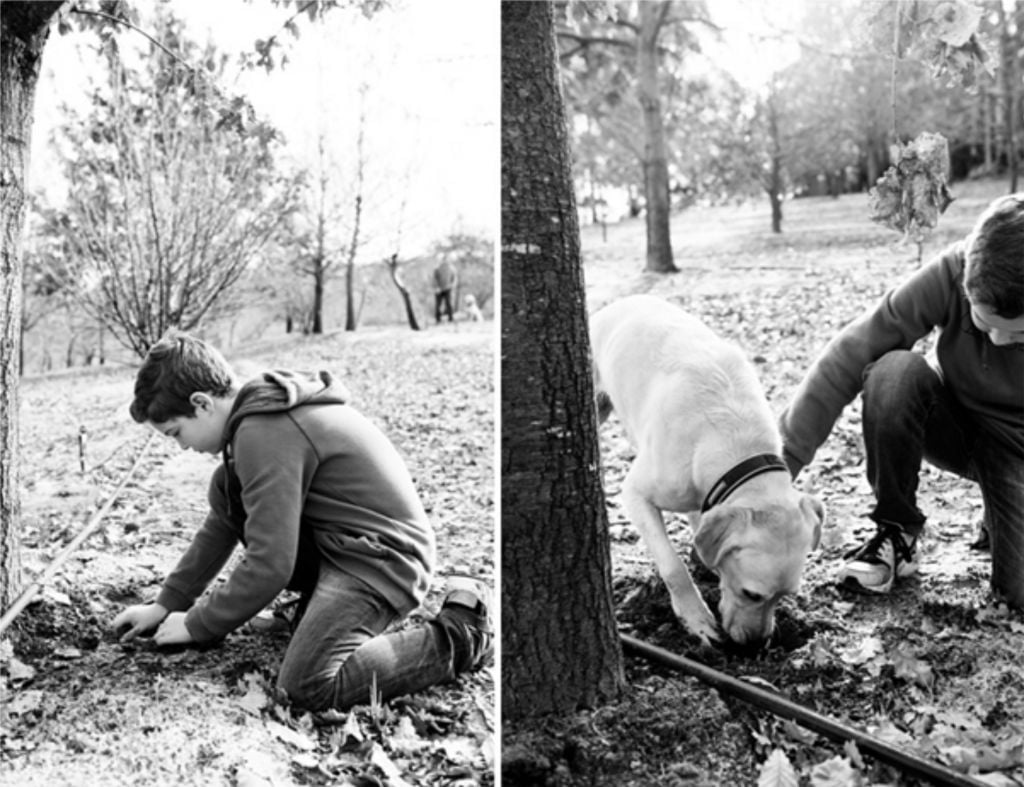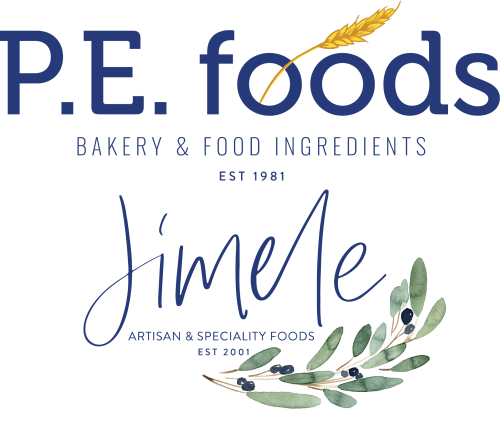Truffle History
The first mention of truffles appears in the inscriptions of the neo-Sumerians regarding their Amorite enemy’s eating habits (Third Dynasty of Ur, 20th century BC)[5] and later in writings of Theophrastus in the fourth century BC. In classical times, their origins were a mystery that challenged many; Plutarch and others thought them to be the result of lightning, warmth, and water in the soil, while Juvenal thought thunder and rain to be instrumental in their origin. Cicero deemed them children of the earth, while Dioscorides thought they were tuberous roots.[6]
Rome and Thracia in the Classical period identified three kinds of truffles: Tuber melanosporum, T. magnificus, and T. magnatum. The Romans instead used a variety of fungus called terfez, also sometimes called a “desert truffle”. Terfez used in Rome came from Lesbos, Carthage, and especially Libya, where the coastal climate was less dry in ancient times.[6] Their substance is pale, tinged with rose. Unlike truffles, terfez have little inherent flavour. The Romans used the terfez as a carrier of flavour, because the terfez tend to absorb surrounding flavours. Indeed, since Ancient Roman cuisine used many spices and flavourings, the terfez were appropriate in that context.

Truffles were rarely used during the Middle Ages. Truffle hunting is mentioned by Bartolomeo Platina, the papal historian, in 1481, when he recorded that the sows of Notza were without equal in hunting truffles, but they should be muzzled to prevent them from eating the prize.[7]
During the Renaissance, truffles regained popularity in Europe and were honoured at the court of King Francis I of France. They were popular in Parisian markets in the 1780s, imported seasonally from truffle grounds, where peasantshad long enjoyed them. Brillat-Savarin (1825) noted that they were so expensive, they appeared only at the dinner tables of great nobles and kept women. They were sometimes served with turkey.
Australian Truffles
Nestled between the mighty Jarrah and Karri forests east of Margaret River, lies the
fertile stretches of Manjimup. The richness of the soils and the cool climate here are ideally suited to growing premium grapes and black truffles, similar to those in renowned truffle destinations in France and New Zealand.
Manjimup lies 295 kilometres south of Perth and is the largest producer of Superior Perigord Truffles in the southern hemisphere. It’s a pleasant journey through the countryside with a scenic drive from Bridgetown, Nannup or Pemberton.
Regarded as one of the world’s most premier food delicacies, truffles are classified as a fungus and grow underground near the roots of particular trees, such as oaks and hazelnuts, as part of a symbiotic relationship.

Their taste and aroma are quite tricky to describe but some liken them to ‘gourmet mushrooms’. They have pungent, intense, earthy, unique characters and are used in extremely small quantities in cooking.

Our process

The Hunt
The sensitive noses of our specially trained truffle dogs detect the unique aroma of the truffle buried treasure.

Clean & Grade
The harvested truffle is immediately cleaned, graded and placed in our custom-built truffle processing facility.

Shipped Fresh
We ship direct express from our farm to PE Foods to ensure that you receive your truffle as fresh as possible. ENJOY THE SEASON !!!
